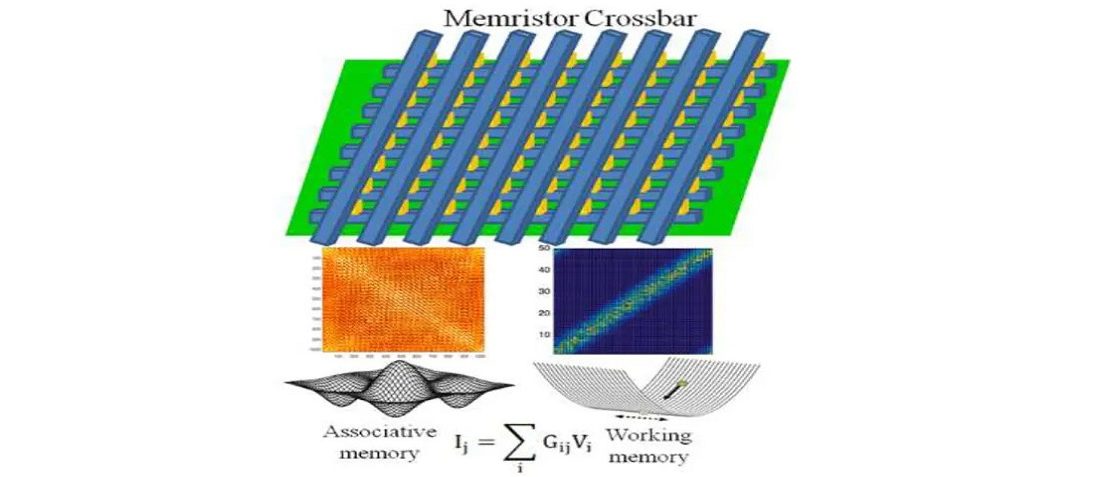
Memristors Support Brain-Like Computing System
- Posted by doEEEt Media Group
- On June 23, 2023
- 0
In a recent paper published in Advanced Intelligent Systems, Yuchao Yang and colleagues at Peking University have shown that human-like memory structures can be constructed using memristors, which is acknowledged as the fourth passive circuit element besides resistors, capacitors and inductors.
A long-standing dream in the semiconductor industry is to construct a brain-like computing system on silicon chips. Recently, neuromorphic computing has been proposed as a means of emulating the working modes of neurons and synapses on hardware and has been hailed as the next-generation computing paradigm for the era of big data and artificial intelligence.
However, a key challenge for building a neuromorphic computing system is recreating content-based memory structures found in the brain, which are dramatically different from the address-based storage in classical computers.
Due to their internal working dynamics, memristors can change their resistance values in response to external electrical stimulation, bearing similarities with biological synapses. In their study, the team proposed and simulated a memristor-based physical system using discrete attractor networks capable of implementing associative memory. This typical content-based memory phenomenon can remember the relationship between seemingly unrelated items or recall the whole information precisely from damaged details.
The desired information is encoded at attractors of the network. By introducing the competition and cooperation among neurons in an online learning method called Oja Rule, the system’s storage capacity can be increased by ten times compared to previous methods and has better robustness and tolerance for device imperfections.
Extending the discrete attractor neural network to a continuous attractor neural network (CANN), working memory based on memristors was made possible for the first time, demonstrating the potential of dynamically storing and tracking external stimuli. The researchers also systematically investigated the influence of device characteristics on network performance and found that noise from different sources can have other impacts on CANN’s ability to maintain dynamic information. While read noise shifts the centre of network activity, write noise can split the centre of network activity.
This work represents a significant advance in memristor-based neuromorphic systems that can approach biologically plausible neural networks and could pave the way for intelligent hardware systems. Looking into the future, the team hopes to combine the continuous attractor neural networks with existing supervised learning systems on physical memristor crossbars.
Featured image: A physical system based on memristors is used to realize associative memory based on discrete attractor networks, enabling content-based storage. By extending it to continuous attractor neural networks, working memory is recognised based on memristors. The write and read noises in memristor arrays have different impacts on the network’s ability to maintain dynamic information. Source: Y. Wang, et al. Advanced Intelligent Systems, 2020
Research article available at: Y. Wang, et al. Advanced Intelligent Systems, 2020, doi.org/10.1002/aisy.202000001
- Space-Grade components available for immediate delivery - April 10, 2025
- Exclusive stock on doEEEt: How to access and request - April 10, 2025
- Managing EEE components for LEO and lower cost space missions - December 17, 2024

0 comments on Memristors Support Brain-Like Computing System